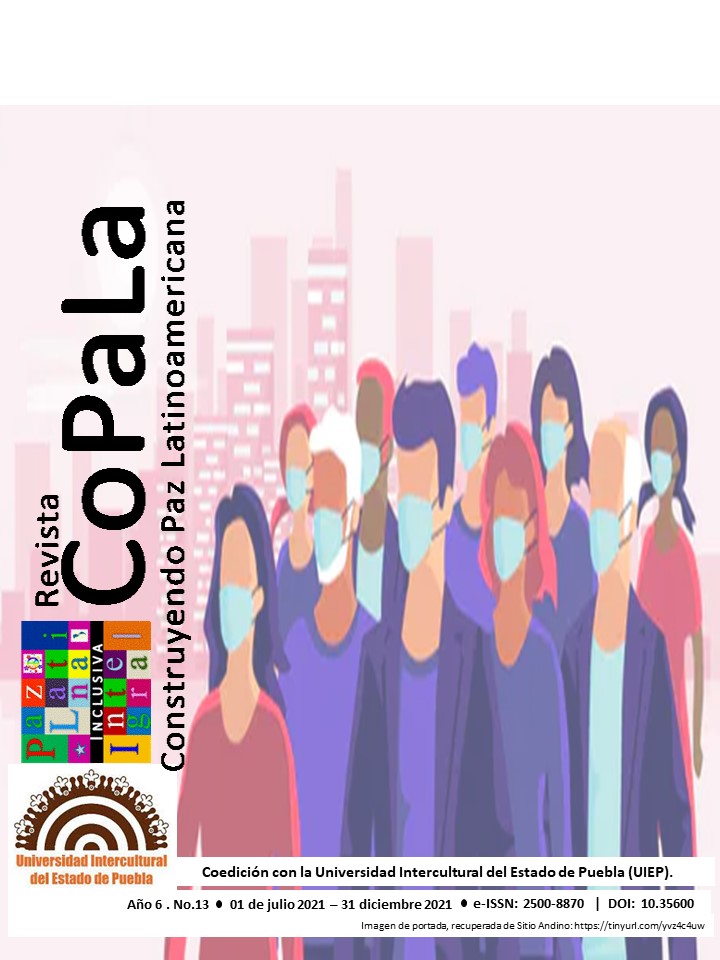Dialog, heterogeneity and "be being" in Zama by Di Benedetto Martel and Almada
Main Article Content
Abstract
The main focus of this work is to analyze the identities and differences in the representation of native communities in the following novels: Zama by Antonio Di Benedetto (1956), its movie directed by Lucrecia Martel and the chronicle El mono en el remolino (Notas del Rojade de Zama de Lucrecia Martel) By Selva Almada. The methodology is by a semiotic and situated analysis. We will be using the notion of dialog by Mijail Bajtin, the theory of social discourses by Eliseo Veron. The Latin American Situated analysis comes from "be being" from Rodolfo Kusch and the notion of heterogeneity by Cornejo Polar. We conclude by the end of this article that the works that compose its corpus materialize a dispute for meaning in front of other literary works that tried to represent the culture of the native people in a deterministic way during the XIX century and the Argentinian Centenary.
Downloads
Article Details

This work is licensed under a Creative Commons Attribution-NonCommercial-ShareAlike 4.0 International License.





